The Gestalt of Seeing
December 06, 2018
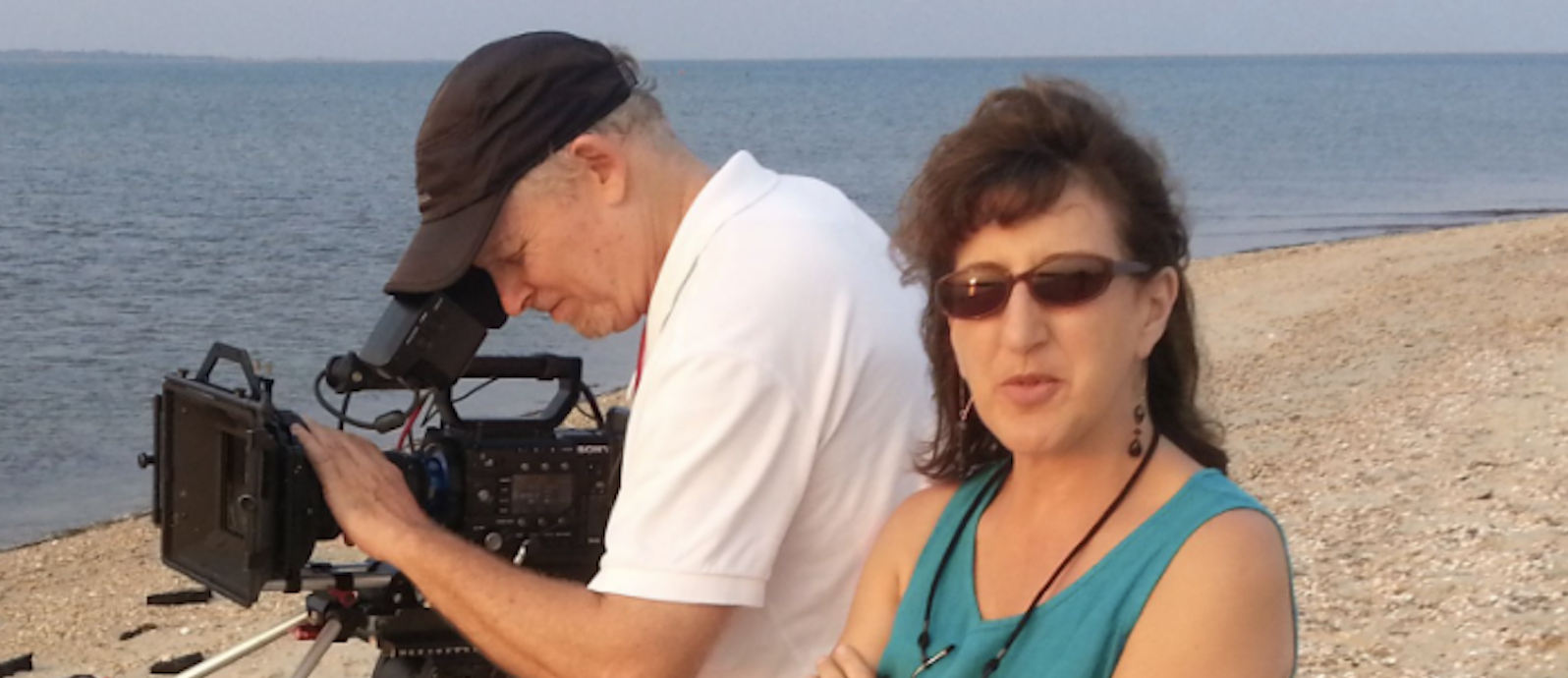
An excerpt from The Vision & Art Project’s oral history with filmmaker Andrea Torrice, who recently won a prize for her new film.
In November, filmmaker Andrea Torrice’s film, Trees in Trouble (2016), about the threat invasive species pose to the health of tree populations, won First Prize at the First International Film Festival of the Urban Forest held in Mantova, Italy. It is one of the many honors that Andrea has received over the years and is an outstanding achievement by any standard.
For Andrea, however, who built a career in film after being diagnosed with Stargardt disease, this award is especially poignant and hard-earned. In the following interview, which is excerpted from our longer oral history, Andrea discusses the roots of her interest in filmmaking, the diagnosis of Stargardt’s that devastated her when she was only 26, and how she slowly built a career in visual storytelling after being advised by her eye doctor to find a new career.
In addition to Trees in Trouble, Andrea has made a number of other award-winning documentaries, including Rising Waters: Global Warming and the Fate of the Pacific Islands (2000), which explores the devastating effect of sea level rise due to global warming on the Pacific Islands; Art As Action (2013), a conversation with Abstract Expressionist Gloria Torrice (Andrea’s mother) that celebrates unknown women Abstract Expressionist painters; and The New Metropolis (2009), a documentary series about the rise and fall of America’s first suburbs and why it’s crucial to revitalize them.
She’s also made a number of films on commission, including one profiling a Jordanian family from Southern Ohio for PBS; a film for the Highland County Historical Society about the battle for school integration in Ohio; and a film about the women of Abstract Expressionism that accompanied the Denver Art Museum’s groundbreaking exhibition in 2016.
Interview: Andrea Torrice
Growing up in an artistic mileau
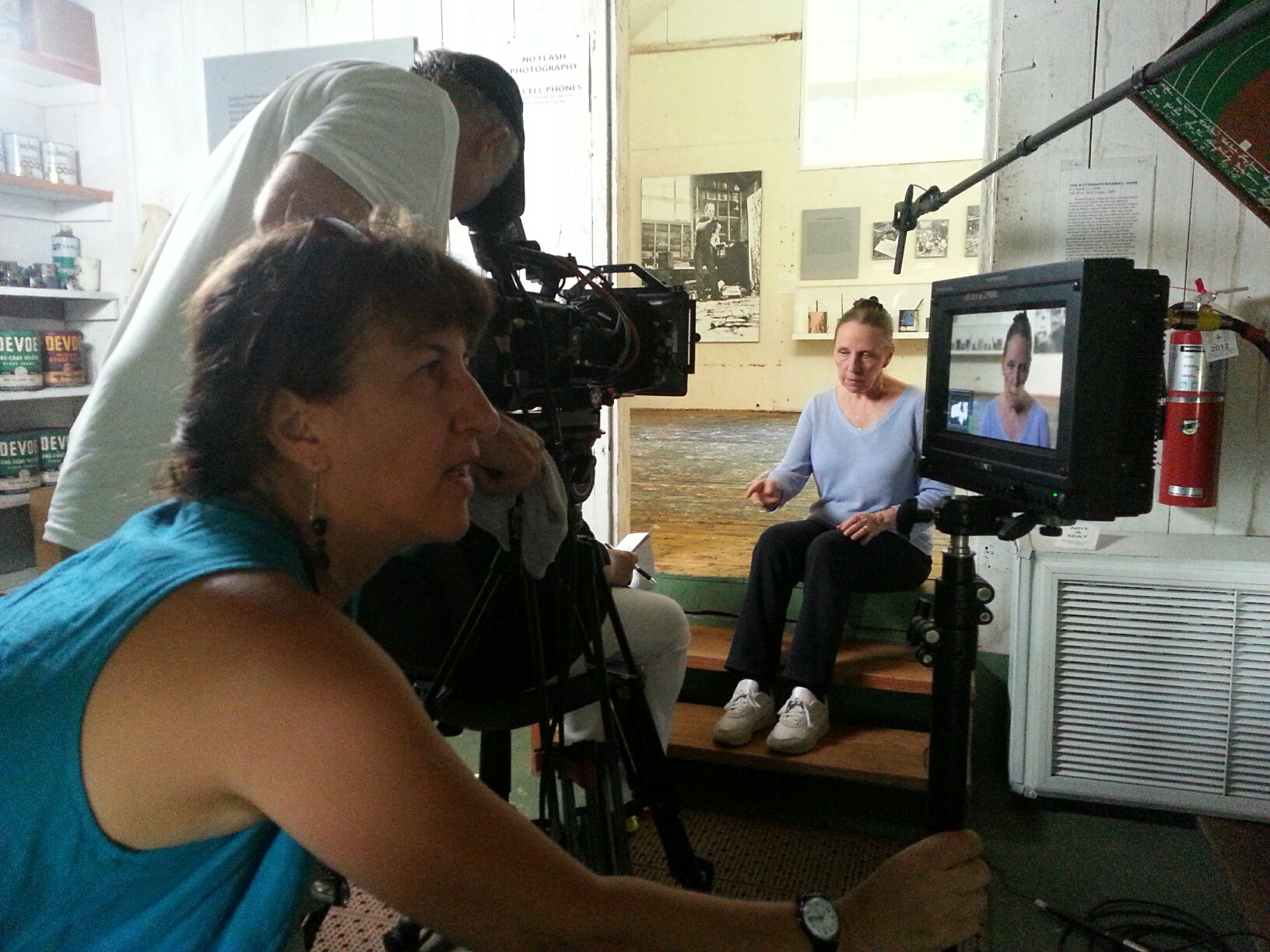
A’Dora Phillips: Can you tell me about your childhood? Where you grew up, what kinds of things interested you, your family milieu.
Andrea Torrice: I was born in 1955 in New York City, and spent the first years of my life in Manhattan and Queens. New York was still affordable and many artists lived there. I remember many parties and jazz music and passionate discussions about the meaning of art back then. But after my sister was born, my mother wanted to be closer to her family, and for us to have more nature in our lives, so we moved to New Jersey where my grandmother lived, a big Italian area around Newark. I remember really enjoying having a backyard with trees instead of a sidewalk and concrete buildings. There was a large magnolia tree in the back of our house which I loved to climb in and smell the flowers.
Phillips: I know from our previous conversations and your film, Art As Action, that your mother studied art as a young woman and was involved with the Abstract Expressionist movement. Did her interest in art inform your creative path?
Torrice: I did study art in high school—painting and sculpture and ceramics. But I was also drawn to writing, and I had a very inspiring writing teacher, so I worked very hard because of his encouragement. I also studied modern dance and music. It was an exciting time in the early 70s and 80s to be in New York. People were challenging old ideas about art, music, dance, theater, everything, and I witnessed some of this. And my parents, coming out of Abstract Expressionism, encouraged my various arts interests. As a teenager, I got to dance with Meredith Monk and Robert Wilson, and that was an amazing experience, as well.
When I went to college, I decided to study creative writing and literature. I wrote a short novella about my grandmother’s life. I had found her diary in which she described coming to America from Naples, Italy. She wanted to be an opera singer and a painter, but her husband left her with three children, so she supported herself as a seamstress. It was tough for her and she wrote about her dreams in her diary. So I wrote this story based on her life, and also made things up, as I’d never been to Italy. It was pretty pitiful in retrospect, but I remember my writing professor saying to me, “Andrea, your strength is in your visual descriptions of character and place. You are a visual storyteller.”
Discovering film
Phillips: So even before you started working in video, the impulse to tell stories visually was there. When did you actually discover film as a career?
Torrice: I got exposed to video totally by accident. I was randomly taking photos, but nothing serious. I always loved watching documentaries and watched a lot of them in college. But at that time in California there were a number of groundbreaking documentaries being made, and it was a very exciting place to be.
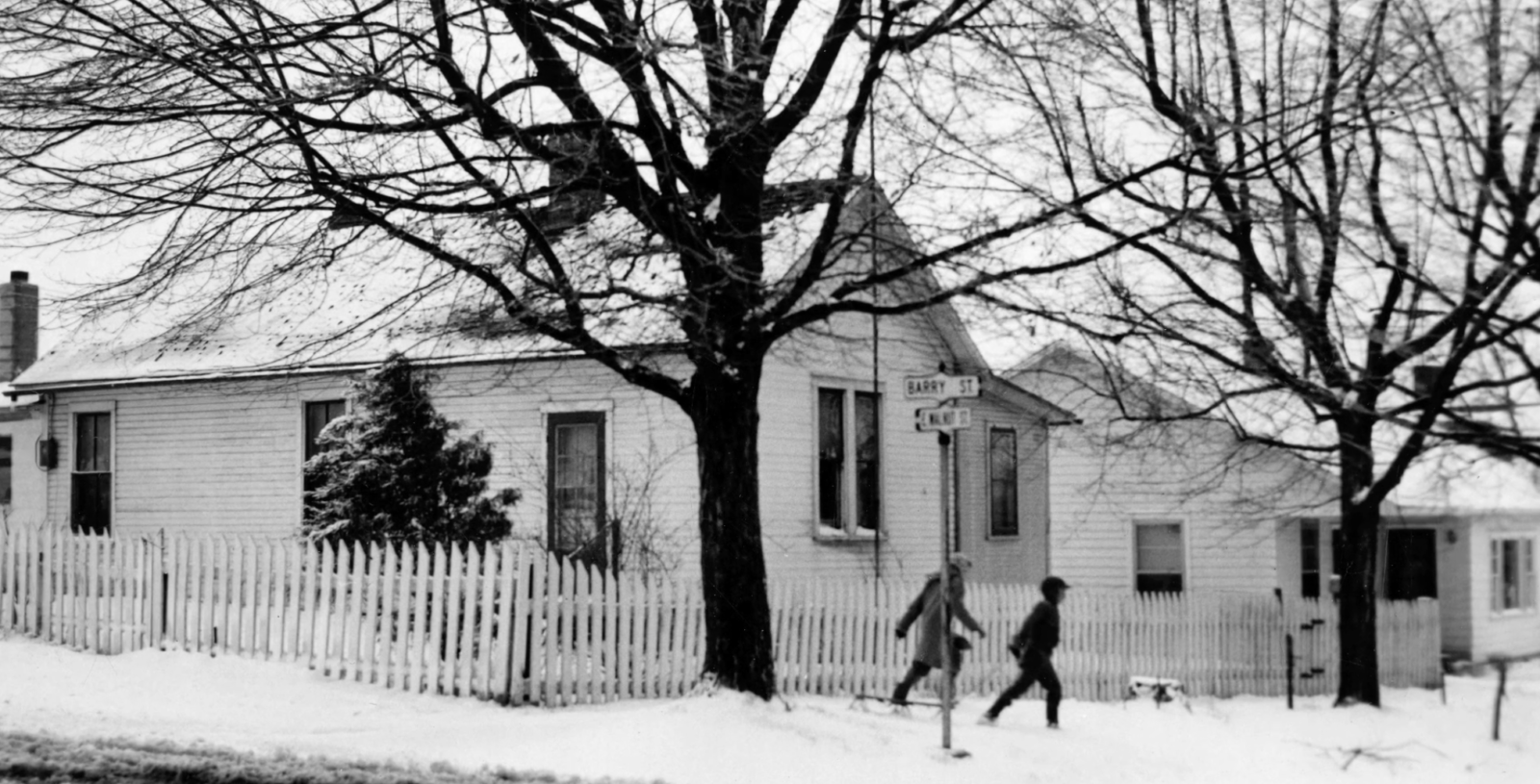
I just happened to meet up with a friend of mine from college, who had moved to Berkeley too. He was a cinematographer, just loved the camera, had just gotten his first job doing a short industrial film, and needed a scriptwriter.
He asked me, “Can you write a script?” I said, sure. I don’t know what I was thinking—I’d never written a script before! But I wrote it, and we made the film, and I became very intrigued by the entire process. So I started taking production classes at a junior college. I studied camera technique, audio production, editing, directing and scriptwriting—and I loved it.
There were some tremendous technological changes happening with video. The Portapak had been invented, making it easier to carry a camera and recorder, as well as the SONY editing system. So I purchased a portable camera and editing system with my boyfriend and we started making industrials to make money and then did short dramatic videos for ourselves and friends. The film and video community in the Bay Area was amazing at that time, a lot of creative artists and documentarians. The video art and experimental film scene was very vibrant, and we all helped each other out. We would show our work in storefront galleries and public accesses channels. It was a very stimulating time.
In a way, the video medium combined all of my interests—writing, music, and even dance. You have to have a sense of pace and timing and movement. And of course you have to pay attention to the composition and lighting of each image.
After four years of doing things on my own, I decided to go to graduate school at San Francisco State University to seriously study film and develop my skills. It was through that program that I got an internship at the local PBS station in their documentary unit, and that really changed my life. I worked with very talented filmmakers—master craftspeople. I saw how they incorporated high production values and created visual stories based on fact, not fiction. PBS had the highest standards, especially back then.
I got to work with amazing people, like Steve Talbot, Louise Lo, and Lowell Bergman, extraordinary documentary filmmakers who really taught me a lot. The idea of uncovering truths about things was very compelling. We wanted to make the world a better place, by exploring, illuminating, exposing issues and ideas.
Vision loss at age 26
Phillips: Before you’d gone very far in your career, you realized you were losing your vision.
Torrice: Yes, I was 26 years old, and had just been hired to work with the PBS NewsHour as a PA. I was going to move to New York when I started getting headaches and seeing spots before my eyes. The eye doctor I went to see said, “Oh, you just need stronger glasses.” But it kept getting worse. So, eventually I went to a specialist in New York City, and that’s when I was diagnosed with Stargardt’s macular degeneration. I remember I burst into tears when the doctors told me what I had. It completely devastated my life. I had just gotten my first real job and was really excited about my future. Everything crashed.
The doctor who diagnosed me sent me to a social worker who gave me “the talk”: “You won’t be able to do the kind of work you’re doing, you need to find a different career, or go on disability.” At that point they didn’t know how severe my vision loss was going to be. Every person with the disease is different. Stargardt’s can be very severe, I mean, you never lose all or your peripheral vision, but it can be significant enough that you can’t function independently.
I wept for days afterwards. I didn’t know what to do. I dropped out of film school and moved back to live with my parents in New Jersey for a while. I was waiting to go blind, and had no idea what that meant. Most people don’t. I remember trying to explain to my friends and family what it was like. They didn’t understand. It was very frustrating and depressing.
I think the lesson of vision loss and illness, is that it deepens your experience as a person, and teaches you compassion — if you let it.
Andrea Torrice
Phillips: Before I ask you how you moved forward with your career, can you tell me if your vision loss was entirely unexpected? Was there a history of Stargardt’s in your family?
Torrice: None. My parents had perfect vision. I actually think I developed it at an earlier age of 18 or so, as I noticed about then having trouble reading letters in the color purple. But it didn’t bother me until I started seeing the spot. I started losing my ability for clear crisp central vision slowly. Then this spot—like what you see after a flash photo is taken of you and then you see a spot before your eyes? I started having that all the time.
My family took me to lots of specialists, but they all said there was nothing that could be done. I was so devastated by not knowing how much vision loss would occur, and how it would change my life, economically and personally. It was suggested I go on disability. I applied, and it was such a paltry sum, I was sure I would be poor the rest of my life. How was I going to make a living? Work? I wasn’t sure what I would be able to do.
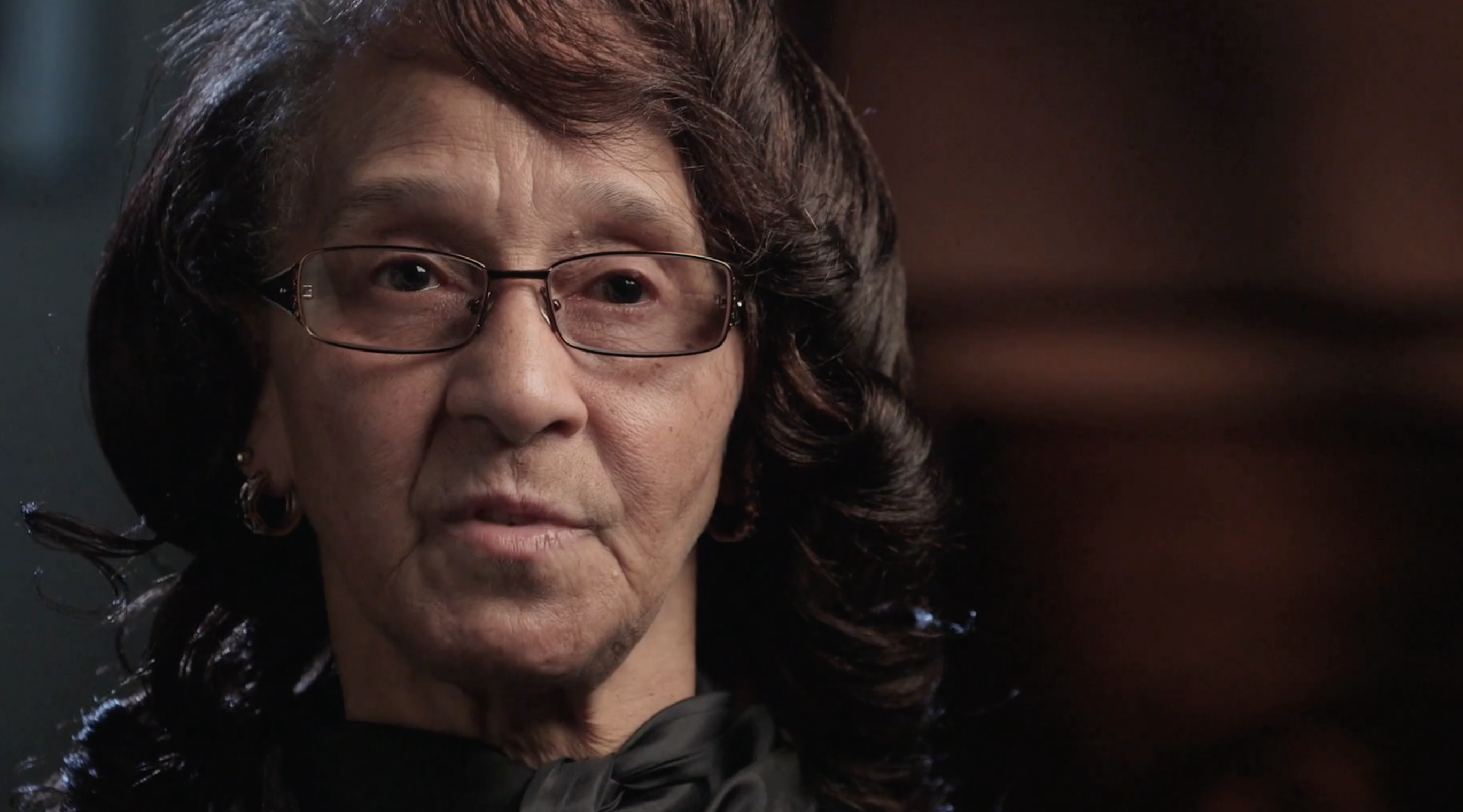
As the disease progressed and the spot got bigger, it became increasingly uncomfortable to focus, and to think clearly. It became maddening.
Then, as my vision deteriorated, I couldn’t do many things that everyone else takes for granted, like reading the newspaper, a street sign, a menu. I couldn’t turn on the stove. I couldn’t turn on the TV or the dishwasher because I couldn’t read those things. And I had to stop driving. In this country, that can make life very difficult. The doctors said it would take a few years before I would know how much vision I would lose.
Adaptations
Phillips: What helped you start to adapt to your loss?
Torrice: Several things. One of my eye doctors suggested I go to the Lighthouse for the Blind [and Visually Impaired] and also the State Department of Rehabilitation for some rehabilitation training.
The Lighthouse had a support group for people who were losing their vision to various eye diseases. I met a range of people there. The stories people told of their struggles of coping and finding ways to survive were inspiring and gave me hope. At the same time, I signed up for state disability services and job retraining. My rehab counselor was totally blind, and running the entire office. I was impressed. He asked me what I loved to do. I told him I loved to write and make films. In response, he told me something rather amazing. He said, “You know, you don’t have to give up everything completely. Maybe we can modify things for you so you can keep doing that kind of work.” I was skeptical, but intrigued.
The personal computer was becoming more portable and affordable, and I was given computer training with large screen magnification. I also learned life skills with low vision, and modified my house so I could function without help. I moved back to California to be with my boyfriend and friends.
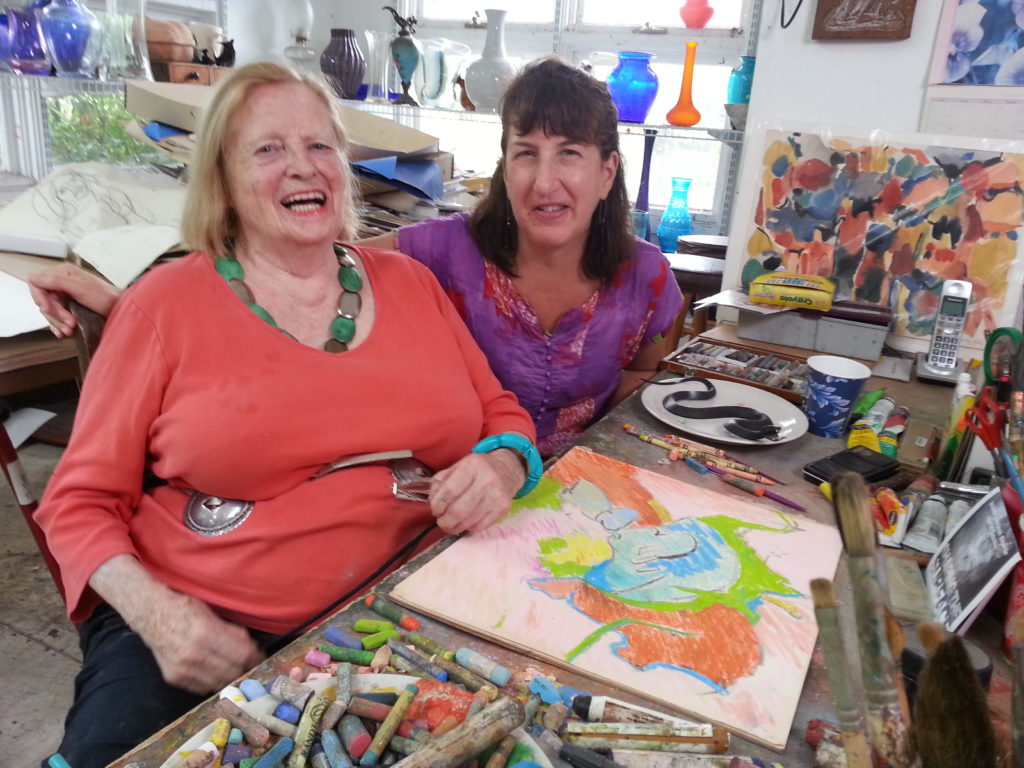
Also, San Francisco was a very progressive place. The fact that I was quote, unquote, disabled, was, “Oh great. Come and work for us.” And with the help of my rehab counselor, I actually got a job as the manager of the Community Access television station. So, I was still in the world of video, sort of—not editing and shooting, but conceptualizing and helping produce programs and writing scripts. After about five years my vision stopped deteriorating. I wanted to try to get back into documentary filmmaking, and by that time had a community of filmmaker friends who supported me and encouraged me to try. So with special gear and support, I took the leap back into directing and producing.
Taking up film again as a low-vision filmmaker
Phillips: How exactly did you make the transition?
Torrice: Well, I volunteered on some other people’s projects as a writer/director instead of doing camera and editing myself. I also developed a system to work with my new low vision.
I developed a way to storyboard my ideas with large pieces of newsprint paper I taped to the walls, and drew images and words on them. I also started to “look” at things differently. Instead of focusing on a specific tree in a landscape, I composed shots more abstractly, focusing more on line, movement, composition, and color. I started creating work that balanced ideas with images and movement—both physical movement within a shot and in the movement of the plot through-line in the structure of the film. I developed what I call the “gestalt of the image.”
And I also paid more attention to sound and music. Music and sound are equally important to my work.
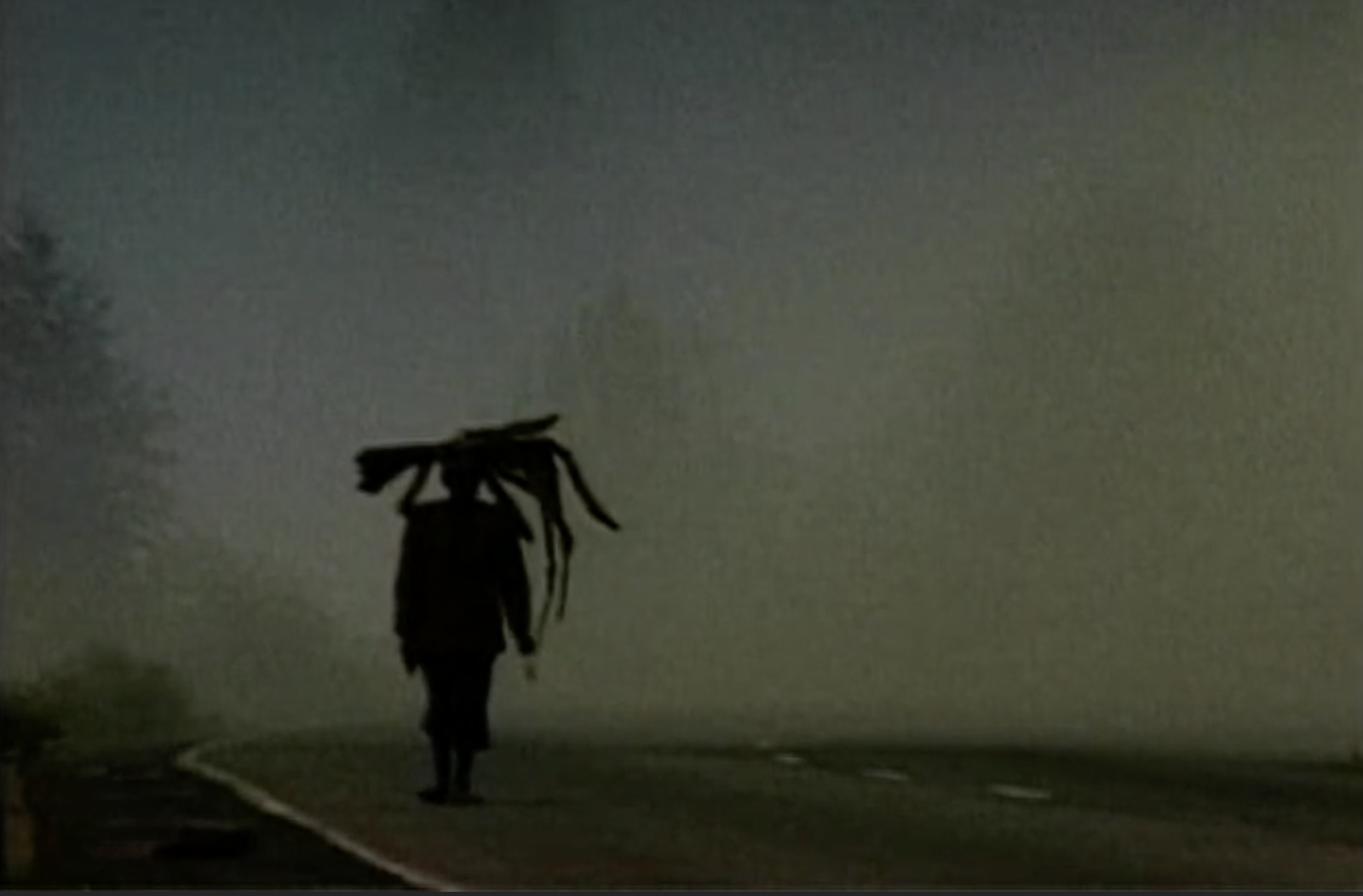
“The gestalt of images”
Phillips: When you talk about doing “gestalt of images,” what do you mean?
Torrice: Well, I try to find the overall landscape or wide shot first and then take a photo of it on my iPad, and then blow it up on my computer at home. Instead of focusing on details, I focus on the essence of the image, kind of the way Abstract Expressionists wanted to strip form and shape and color to its primal idea or motivation.
As I developed my skills and techniques, I also developed a heightened awareness of what “seeing” means. When you lose something, you appreciate more, or differently.
Phillips: My understanding is that you used to try to hide your vision loss. You wanted to pass as fully sighted?
Torrice: Yes, when I was young, and desperate to keep working, I did hide my vision disability, but that turned out to be disastrous. It was part of a learning process for me, and also part of learning how to accept my vision loss and not be ashamed to discuss it.
Phillips: Why?
Torrice: Well, because I was so anxious about people finding out. In 1995, I worked as a freelance producer for an affiliate of ABC News, and they had a very quick turnaround, and I had written my script on my computer at home with all of my adaptive tech, but they wanted changes done to it on their computers, and I couldn’t read the screen. It was so embarrassing. And stupid on my part. I wanted to be “normal,” and I wasn’t.
That taught me a lesson. On the other hand, I also faced job discrimination as a result of being honest about my vision. At one job I tried to explain to people, “I have macular degeneration. But I can do this job just fine with some computer technology I have.” And they said to me: “What’s that?” They couldn’t tell that I was visually impaired. I wasn’t completely blind; I didn’t have a cane. And then I felt as though the people I was working with thought I was a freak.
First major solo project
Phillips: What was the first major film project you conceived of and did on your own?
Torrice: Rising Waters: Global Warming and the Fate of the Pacific Islands was my first major, international success. It was one of the first documentaries to examine the issue of global warming, and the impact it would have on the people, cultures, and ecosystems of the Pacific Islands. The locations in the islands were stunningly beautiful. When you lose your vision, you get a new appreciation for the beauty of what you can see. I finished it in 2000 when I was 43. My career had been put on hold for about eight years in my late 20s and early 30s while I learned the adaptive technologies, rebuilt my life with my new “low vision,” and adapted to my vision loss. I also got married and adopted a baby. So I had a full life.
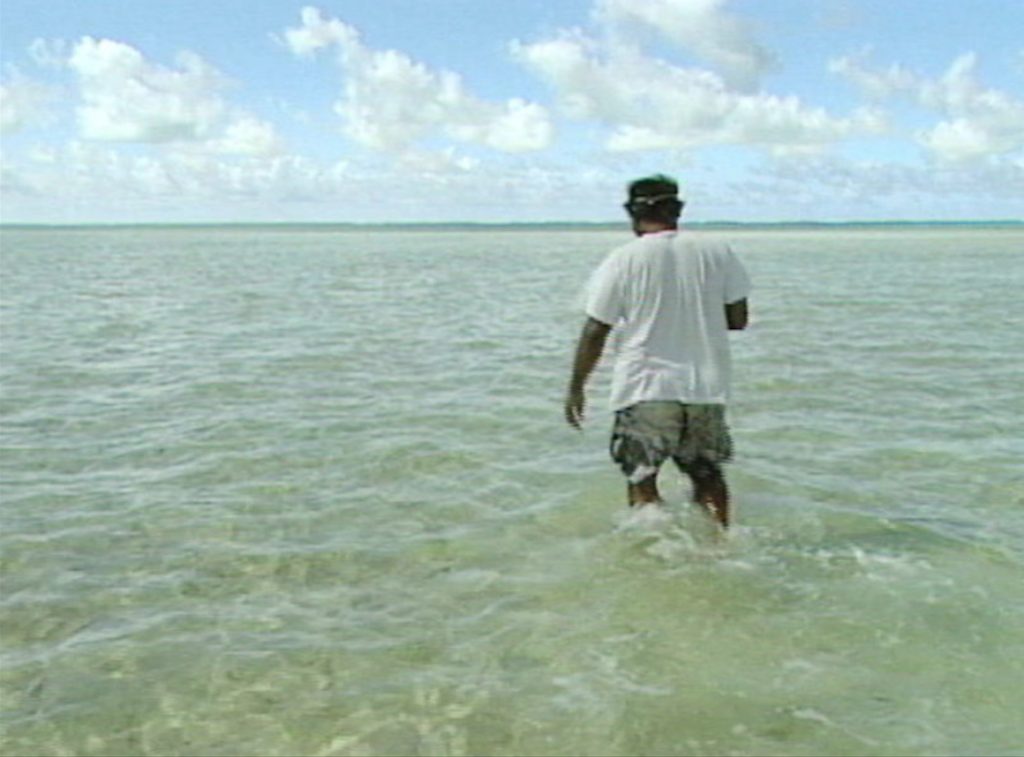
It was an ambitious project requiring filming in locations around the world, and took two years to complete. But I was determined to make the film, because the story was so important. I got the idea while I was working with a team of tropical climatologists who hired me to make an educational video about their research on warming waters and coral bleaching. I didn’t know anything about climate change at the time, and the more I learned working with them, the more compelled I felt to make a film about these beautiful islands and their plight.
I spent a total of about five months there shooting with an amazing team. Fiji, Samoa, Hawaii, the Marshalls, and Kiribati. I took on a giant project in part to challenge myself to see if I could do something like that. And I did. It was a half a million-dollar project, and I raised all the money myself. It was quite an adventure. It did really well, was in a lot of festivals, had a special diplomatic screening at the UN Environment Program, and then was picked up by 110 countries around the world via the National Geographic world channel. It is still being screened and broadcast today.
Phillips: So, your first major film was also a huge success.
Torrice: Yes. In retrospect, I felt I made a beautiful film, but I also proved to myself that I could work with the vision I had. I think I overcompensated and worked very hard to prove this to myself.
Phillips: You’ve made many more films in the 18 years since. What do you need to keep up production on films?
Torrice: First, I need to have ideas and inspirations, of course, which I usually find by accident. The films in my New Metropolis PBS series had their beginnings in my move to Cincinnati, Ohio, after we got our infant son Alexander.
I’d never lived in a Rust Belt city before. I remember we were looking for a stroller for my son, and there were no stores in the city. It was an empty shell of a city. All the stores had moved out to the malls on the edges of the region. There were endless malls and they all looked exactly the same, and were ugly and totally dependent on driving. So that inspired me to make The New Metropolis, which was a call to reimagine our cities and suburbs. To support policies and urban designs that were more vibrant, sustainable, and not dependent on cars. When you can’t drive, that really is important to your survival!
As my skills as a producer evolved, I wanted to make a film about women artists and my mother. My mother had been diagnosed with dementia, and so I decided to make a small film called Art As Action, which celebrates the unknown women Abstract Expressionist painters through the story of my mother, Gloria Torrice. I interviewed her, and also filmed her painting, which she could still do. I then decided to try some new, less conventional techniques and let her voice narrate the story, not a professional narrator. I also experimented with more graphics and ways of filming fabric. It was my first film that allowed me more artistic freedom to experiment with the documentary form in new ways.
Feeling more intensely the beauty of life
Phillips: In the last analysis, do you feel like your visual disability has given you anything as a filmmaker?
Torrice: Yes, absolutely. I so appreciate the beauty of seeing everything that I am able to still see with my disability. I think the lesson of vision loss and illness, is that it deepens your experience as a person, and teaches you compassion — if you let it.
It also made me want to feel more intensely the beauty of life, as well as the challenges it poses. It was also terrifying and frustrating… Every day I am challenged and have to figure out how to navigate in the world with low vision. We still have a long way to go to help people function in the world with low vision. In one way vision loss has made me more tenacious and focused. Because when you lose what you grew up assuming was normal and then it changes, new questions emerge: What is seeing? What is real? What can I do in this world? My vision loss clarified things. It’s taught me what’s most important. The other thing about film is that you can always rewind and watch things over and over again, so I don’t feel I miss anything!
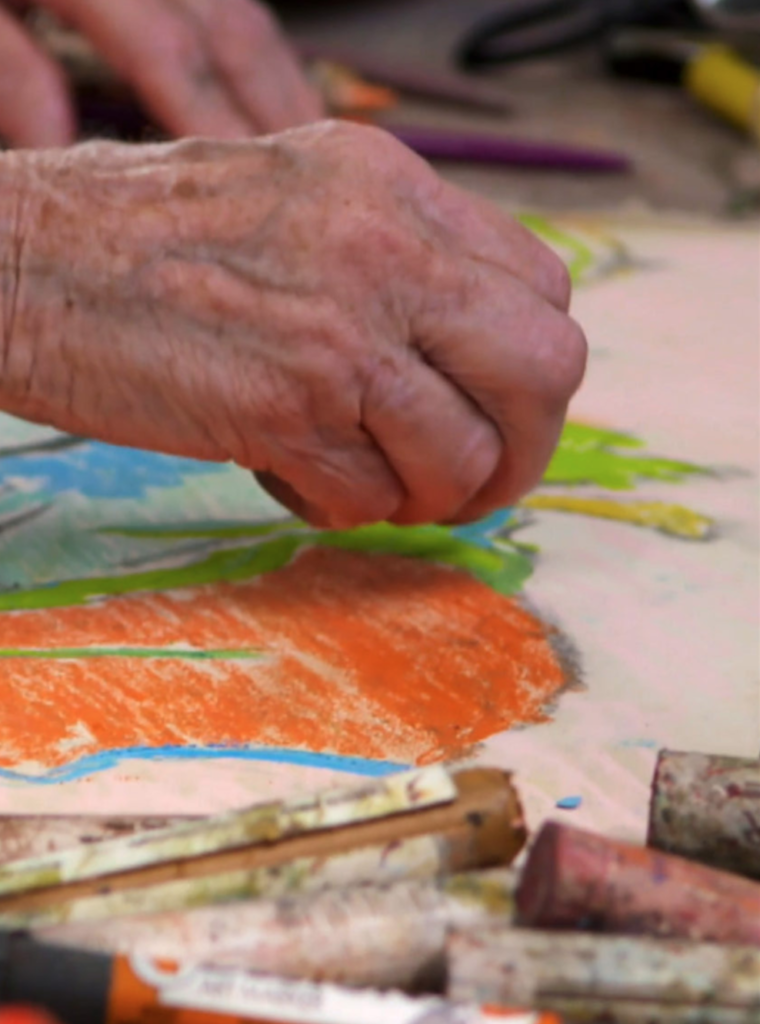
Phillips: I would imagine too that thinking in terms of “gestalt” offers you something as a visual storyteller and the work that you do.
Torrice: My vision loss is integral to who I am and the way I put a film story together.
While I was going through my initial vision loss, I read many books about vision including the Art of Seeing by Aldous Huxley. I developed a scanning technique, where I move my eyes back and forth around an object or landscape, scan it, and create in my mind what I call the “gestalt” of the scene.
I think in a big-picture way as opposed to in hyper-focus. Like in the tree story [Trees in Trouble]. When I started to put that together, I walked around in the forests of Ohio and took photos of trees from various angles with my phone camera, then I printed them all out and made a patchwork of the photos. At the same time, I write out a bunch of big questions and ideas on big sheets of paper. And move the images and words around.
And then I kind of layout the whole story in my mind, usually in three acts, with a possible beginning, middle, and end. I lay out the big ideas without details. As a result, I have a kind of instinctive orientation toward the bigger, interconnected whole.
I’m still mad though. Everyday it’s still a challenge, and I struggle, especially in new environments and with people not understanding. I can’t read menus. I can’t read signs, and I can’t turn things off and on if I don’t have my system in place. And I’m frustrated at the technology. It’s getting better all the time, but I can’t stand how ugly it often is, like the prism glasses—the frames are so orthotic! Or those bioptic glasses for seeing in the distance—I feel like a freak when I wear those out in public, like at the airport. I want a designer to make sleek adaptive technologies that function well and look cool. Blind people have the right to look cool and elegant.
Current projects
Phillips: What’s next? Do you know yet?
Torrice: I think about doing pieces that can be seen in different venues like galleries and public spaces. I just recently finished a video installation called Shrine to an Ash Tree (2018). I built a shrine to commemorate the beauty of the ash tree, and you entered the shrine made out of tree branches and watch a video with only ambient sound, no talking, and see various shots of some ash trees. Like a visual poem.
I also just finished a short film responding to and reinterpreting songs on Bob Dylan’s Highway 61 Revisited, an album that came out in 1965. The film was a gallery commission and shown in a gallery, and, while the project didn’t pay a lot, it gave me the opportunity to create a visual poem. It was really a fresh challenge. I love the challenge of creating and seeing things in fresh ways. I hope I can do that for the rest of my life.
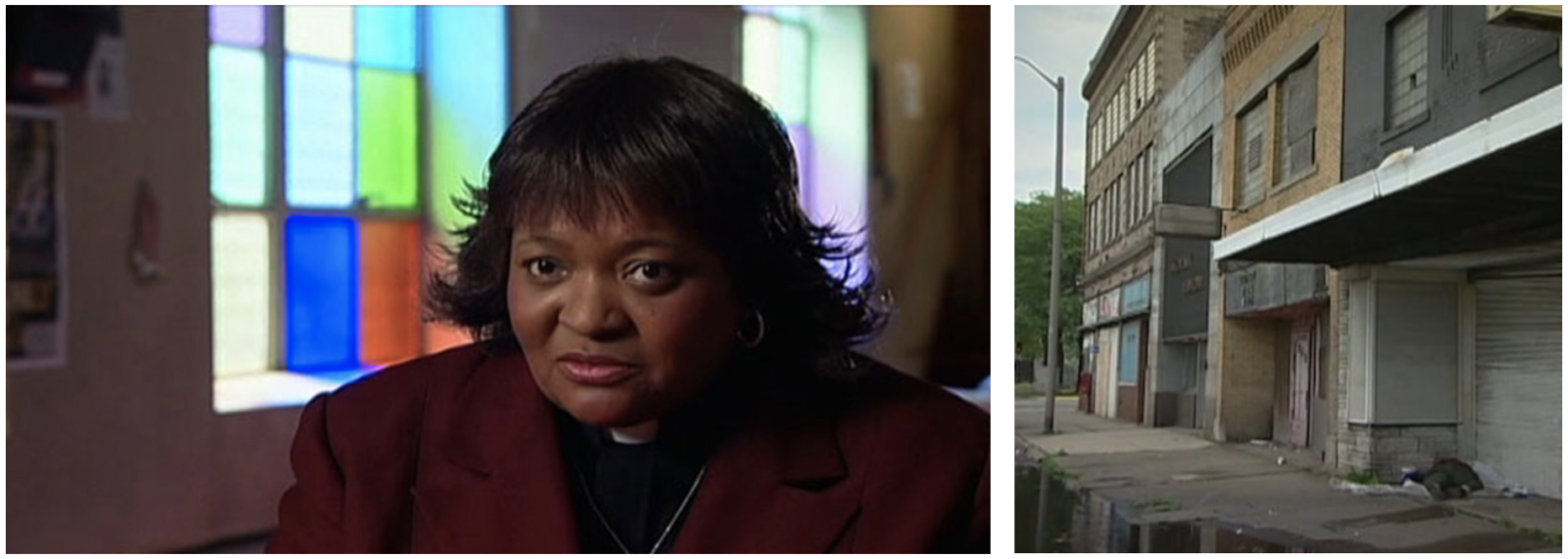
For more information about Andrea and her films, please see: http://www.torricemedia.com.

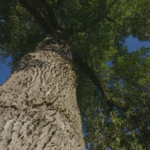
Leave a Comment